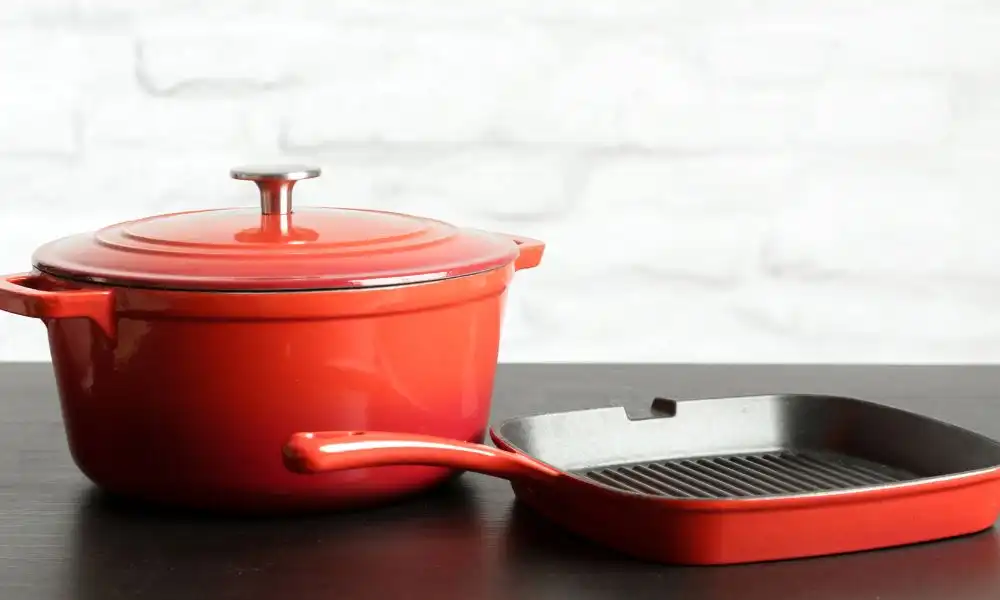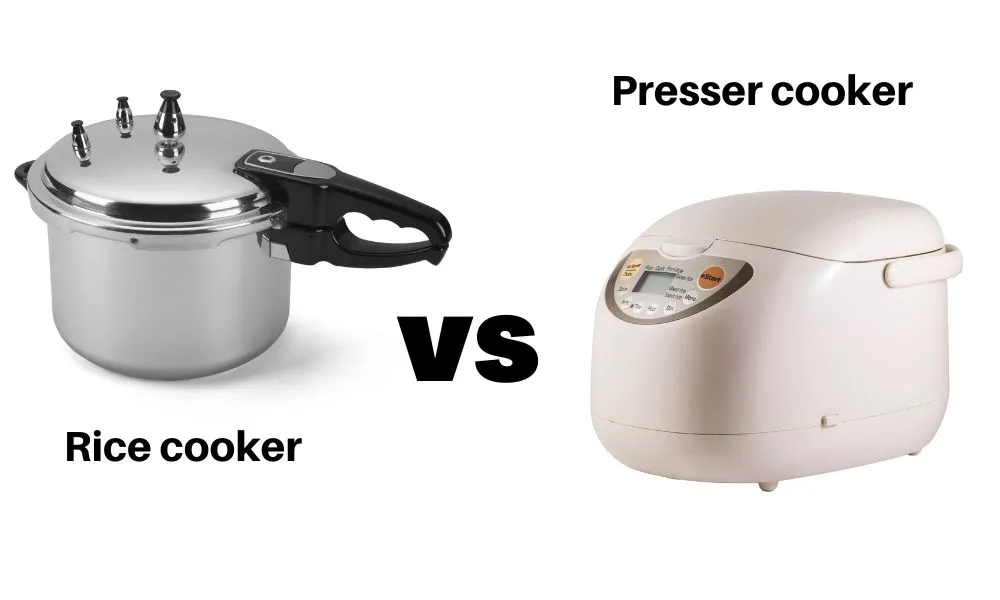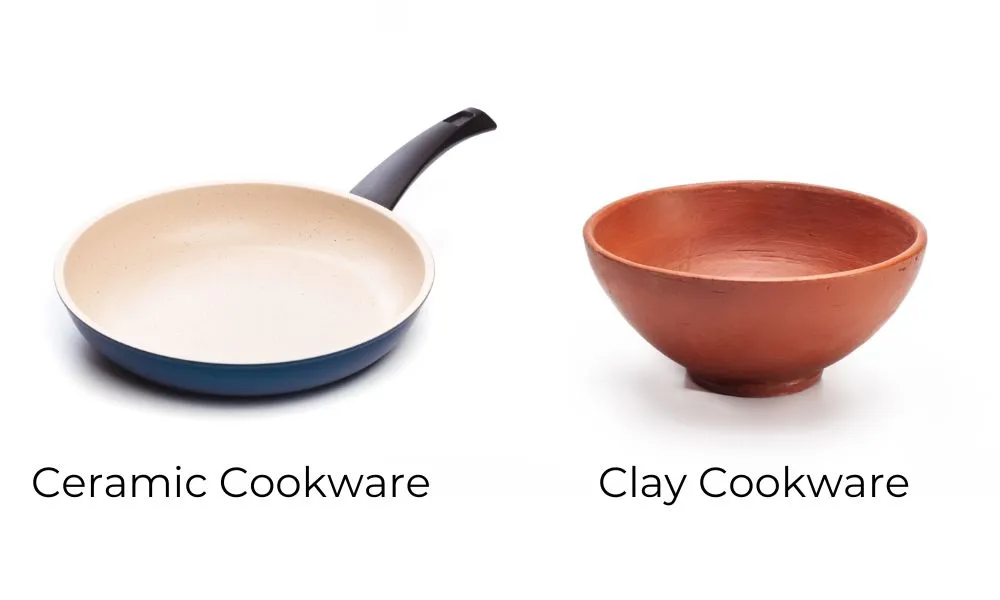There are many different types of cookware sets on the market, but which one is the best? This is a question that many people ask when they are looking to purchase a new set of cookware. There are many factors to consider when making your decision, such as the material, the size, and the price. However, with so many options available, it can be difficult to know which set is right for you. Read our article and learn the best type of cookware set in detail.
Table of Content
- Different types of cookware set
- 1. Stainless Steel Cookware
- 2. Non-Stick Cookware
- 3. Cast Iron Cookware
- 4. Copper Cookware
- 5. Aluminum Cookware
- 6. Carbon Steel Cookware
- 7. Ceramic Cookware
- 8. Glass Cookware
- 9. Induction Cookware
- Benefits of using cookware set
- In different types of cookware sets Which one is Right for you?
- Conclusion
- FAQs – Types of cookware set
Different types of cookware set
Cookware sets are available in a range of materials, each with its own set of pros and cons. It’s important to consider factors such as heat conductivity, durability, ease of maintenance, and cost when choosing the right cookware for your kitchen. Let’s explore the different types of cookware sets and their characteristics to help you make an informed decision.
1. Stainless Steel Cookware

Stainless steel cookware is known for its durability and resistance to corrosion. It offers even heat distribution, making it ideal for cooking a variety of dishes. The non-reactive nature of stainless steel makes it suitable for preparing acidic foods. However, stainless steel alone is not a good conductor of heat, so look for cookware with an aluminum or copper core for better heat distribution.
2. Non-Stick Cookware
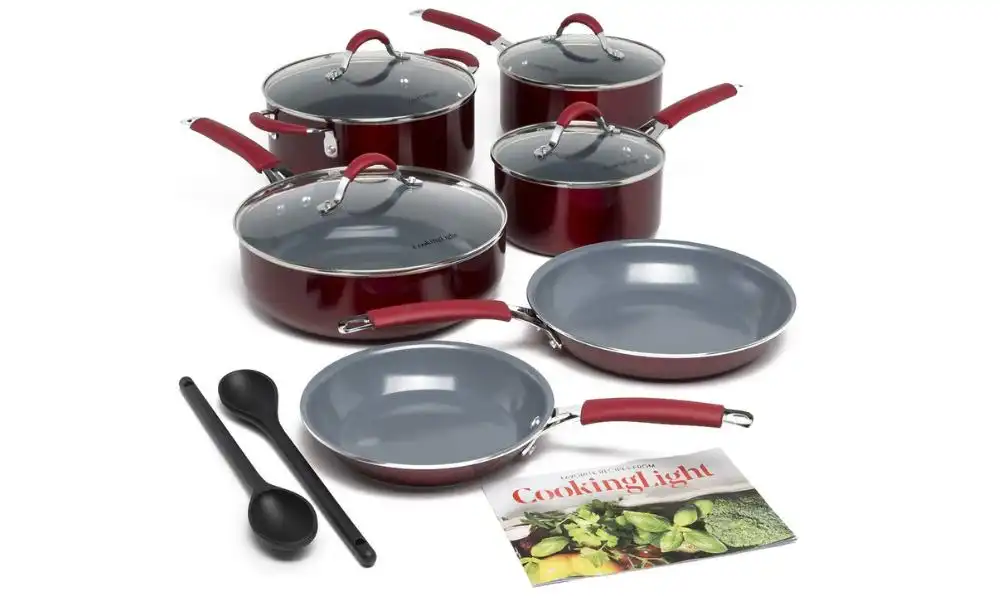
Non-stick cookware is popular for its convenience and easy cleanup. It features a special coating that prevents food from sticking to the surface, reducing the need for excessive oil or butter. This type of cookware is perfect for low-fat cooking and delicate dishes. However, it’s important to use utensils that are safe for non-stick surfaces to avoid damaging the coating.
3. Cast Iron Cookware
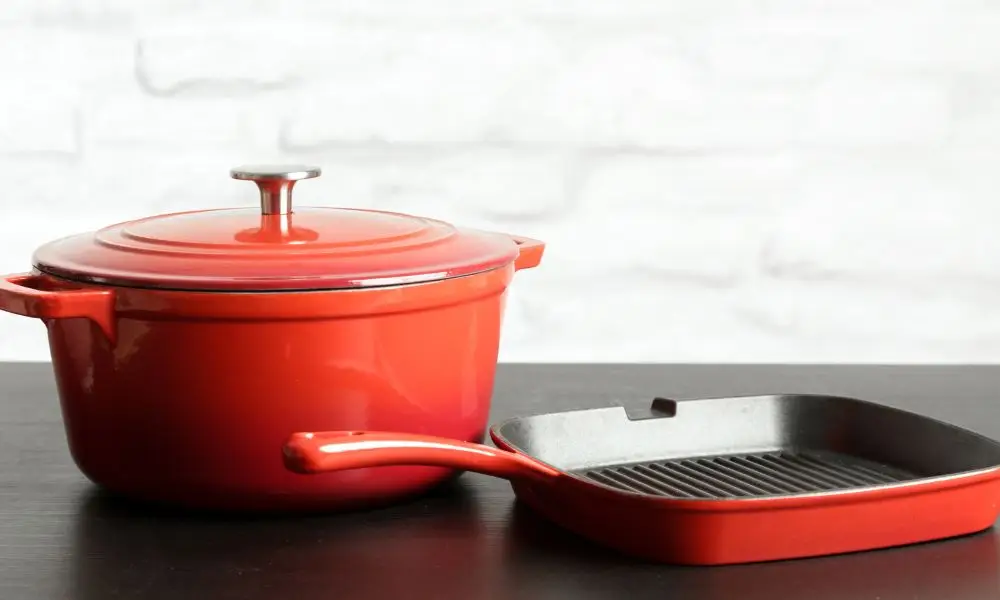
Cast iron cookware is beloved for its exceptional heat retention and even cooking. It provides excellent searing and browning, making it ideal for dishes that require high temperatures. Cast iron requires seasoning to maintain its non-stick properties and prevent rusting. While it may be heavy and require special care, cast iron cookware can last for generations with proper maintenance.
4. Copper Cookware
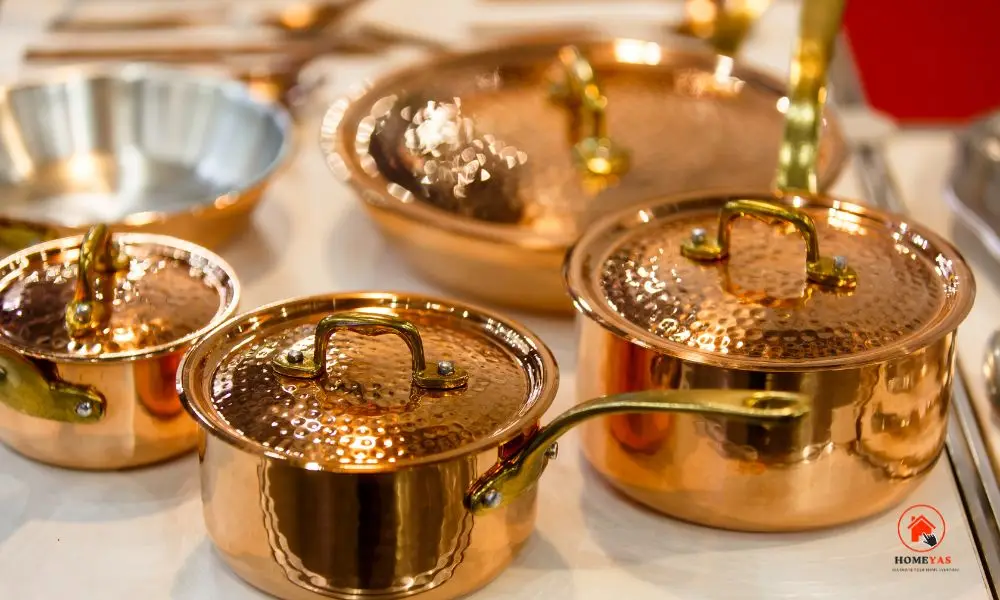
Copper cookware offers superior heat conductivity, ensuring quick and even heating. It provides precise temperature control, making it a favorite among professional chefs. Copper pots and pans are often lined with stainless steel or tin to prevent reactions with acidic ingredients. Keep in mind that copper cookware requires regular polishing to maintain its lustrous appearance.
5. Aluminum Cookware
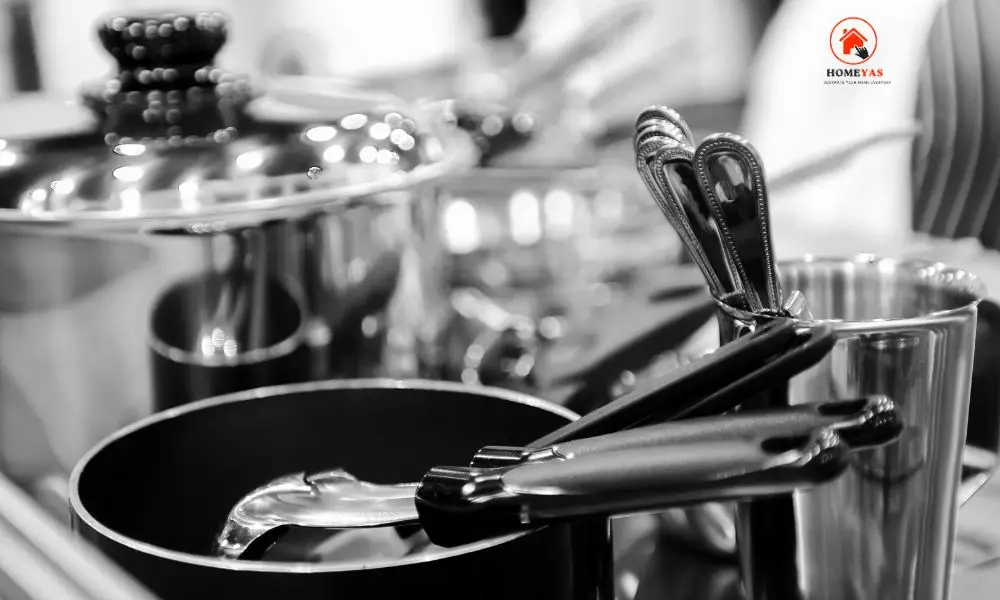
Aluminum cookware is known for its excellent heat conductivity and lightweight nature. It heats up quickly and distributes heat evenly, allowing for efficient cooking. However, bare aluminum cookware can react with acidic foods, so opt for anodized aluminum or cookware with a non-stick coating to prevent such reactions.
6. Carbon Steel Cookware
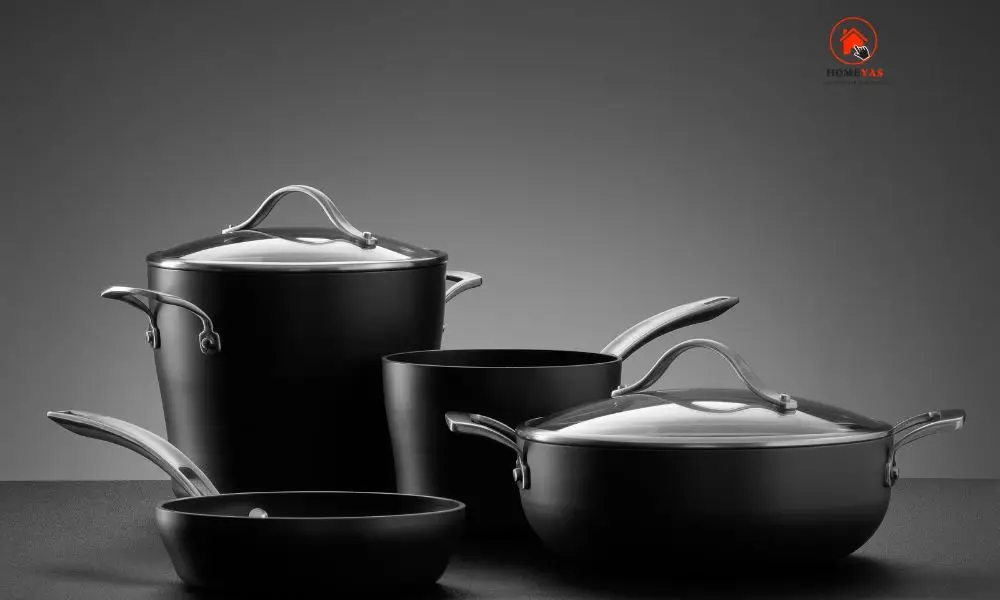
Carbon steel cookware is similar to cast iron but lighter and more responsive to temperature changes. It develops a naturally non-stick surface over time with proper seasoning. Carbon steel pans are often used for high-heat cooking methods like stir-frying and sautéing. However, it requires regular seasoning and proper maintenance to prevent rust.
7. Ceramic Cookware
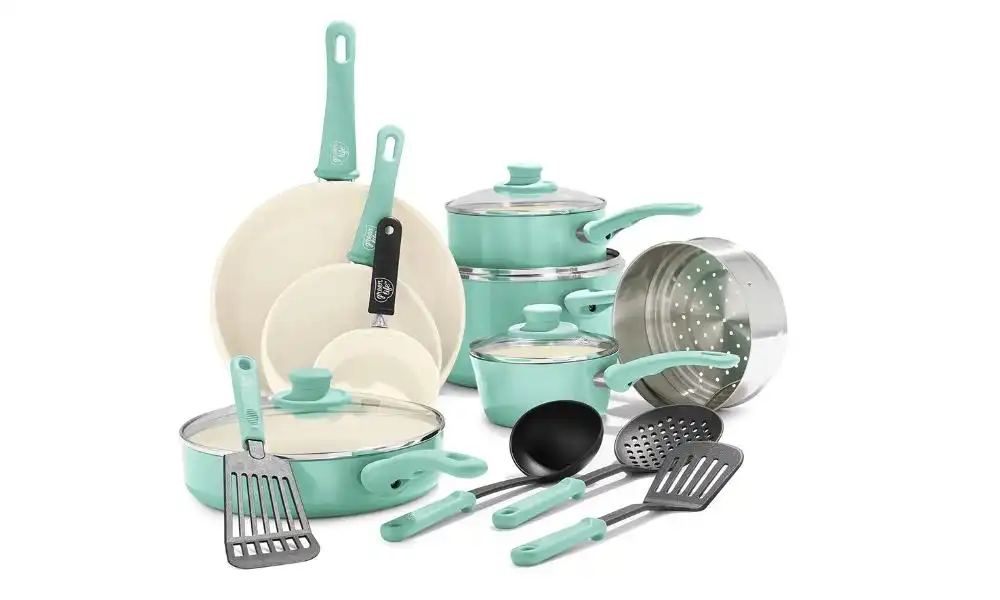
Ceramic cookware features a non-stick surface that is free from harmful chemicals like PFOA and PTFE. It provides even heat distribution and is resistant to high temperatures. Ceramic cookware is available in a variety of vibrant colors and adds a touch of style to your kitchen. However, it may be more prone to chipping or cracking compared to other materials.
8. Glass Cookware
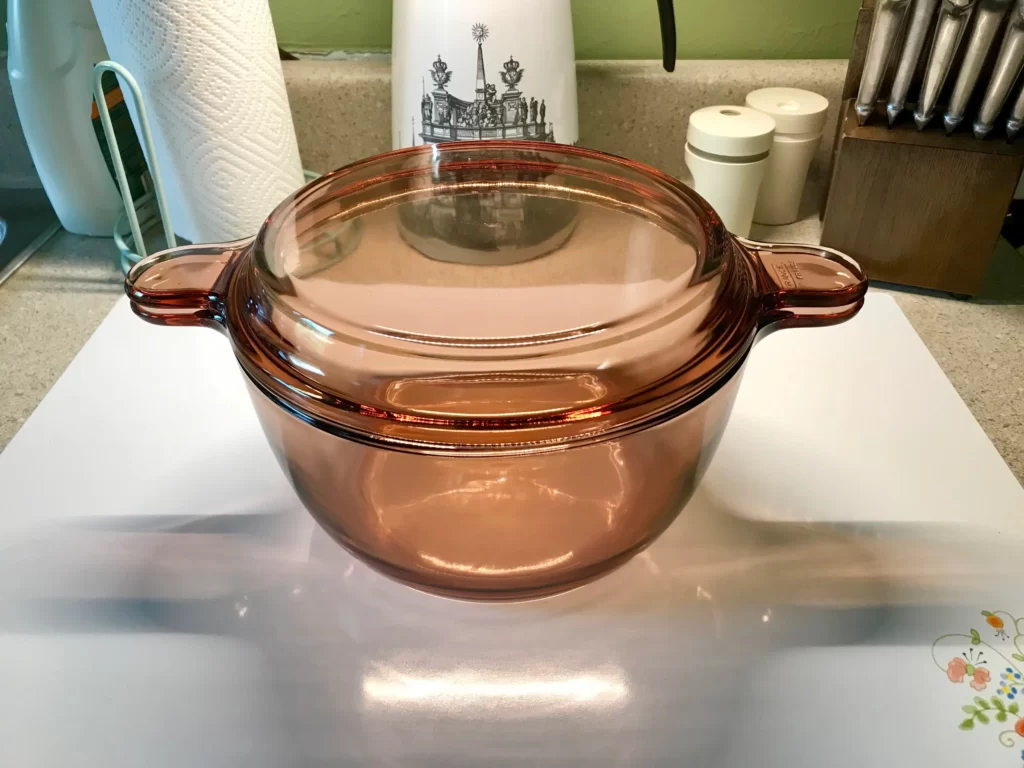
Glass cookware is popular for its versatility and aesthetic appeal. It is transparent, allowing you to monitor the cooking process easily. Glass is non-reactive and does not absorb flavors, making it an excellent choice for baking and storing leftovers. However, glass cookware may be more fragile and prone to thermal shock, so handle it with care.
9. Induction Cookware
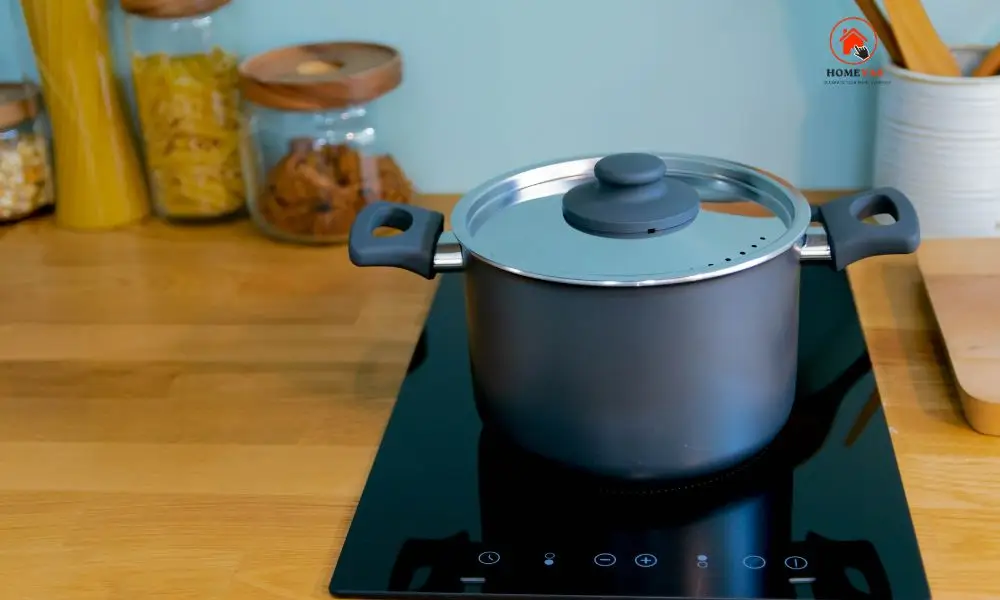
Induction cookware is specifically designed for induction cooktops, which use magnetic fields to generate heat. It features a magnetic base that allows efficient heat transfer. When choosing induction cookware, ensure that your cooktop and cookware are compatible by checking for the induction symbol on the packaging.
Benefits of using cookware set
There are many benefits of using cookware sets over individual pieces of cookware. Cookware sets are usually less expensive than buying each piece of cookware separately. They also tend to be made of better-quality materials, which means they will last longer. Additionally, cookware sets usually come with matching lids, so you don’t have to worry about finding the right size lid for each pot or pan. And finally, having a coordinated set of cookware just looks nicer in your kitchen than a mismatched collection of pots and pans.
Non-stick Cookware Sets, Ceramic Cookware Sets, Cast iron Cookware Sets, and Aluminum Cookware Sets can also be a good choice based on your need
In different types of cookware sets Which one is Right for you?
A stainless steel cookware set is the best cookware set for you because it is durable and easy to clean. Stainless steel is a material that is resistant to corrosion and scratching, making it a good choice for cookware. Stainless steel also has a non-stick surface, making it easier to clean than other materials. It is also a good choice because it is affordable. Stainless steel is less expensive than other materials such as copper or aluminum. A stainless steel cookware set will last you for many years, making it a good investment. it is also safe to use. Stainless steel does not contain any chemicals that can leach into food. When properly cared for, a stainless steel cookware set will not rust or stain.
Conclusion
Selecting the right cookware set is crucial for achieving optimal cooking results. Consider your cooking preferences, budget, and maintenance requirements when choosing between stainless steel, non-stick, cast iron, copper, aluminum, carbon steel, ceramic, glass, or induction cookware. Each material has its own strengths and weaknesses, so make an informed decision based on your specific needs and culinary style.
FAQs – Types of cookware set
How do I determine the right cookware set for my needs?
To determine the right cookware set, consider factors such as heat conductivity, durability, ease of maintenance, and your budget. Think about your cooking preferences and the types of dishes you frequently prepare.
Can I use metal utensils with non-stick cookware?
It is generally recommended to use utensils that are safe for non-stick surfaces, such as silicone, wood, or nylon. Metal utensils can scratch and damage the non-stick coating over time.
Is copper cookware suitable for all types of stovetops?
Copper cookware is suitable for most stovetops, except for induction cooktops. Ensure that your cookware has a flat bottom to ensure proper contact with the heat source.
How should I clean and maintain cast iron cookware?
To clean cast iron cookware, avoid using soap and instead, scrub it with a stiff brush and hot water. Dry it thoroughly to prevent rusting, and apply a thin layer of oil to maintain its seasoning.
Is ceramic cookware oven-safe?
Most ceramic cookware is oven-safe, but it’s important to check the manufacturer’s instructions for specific temperature limitations. Avoid sudden temperature changes to prevent cracking.
